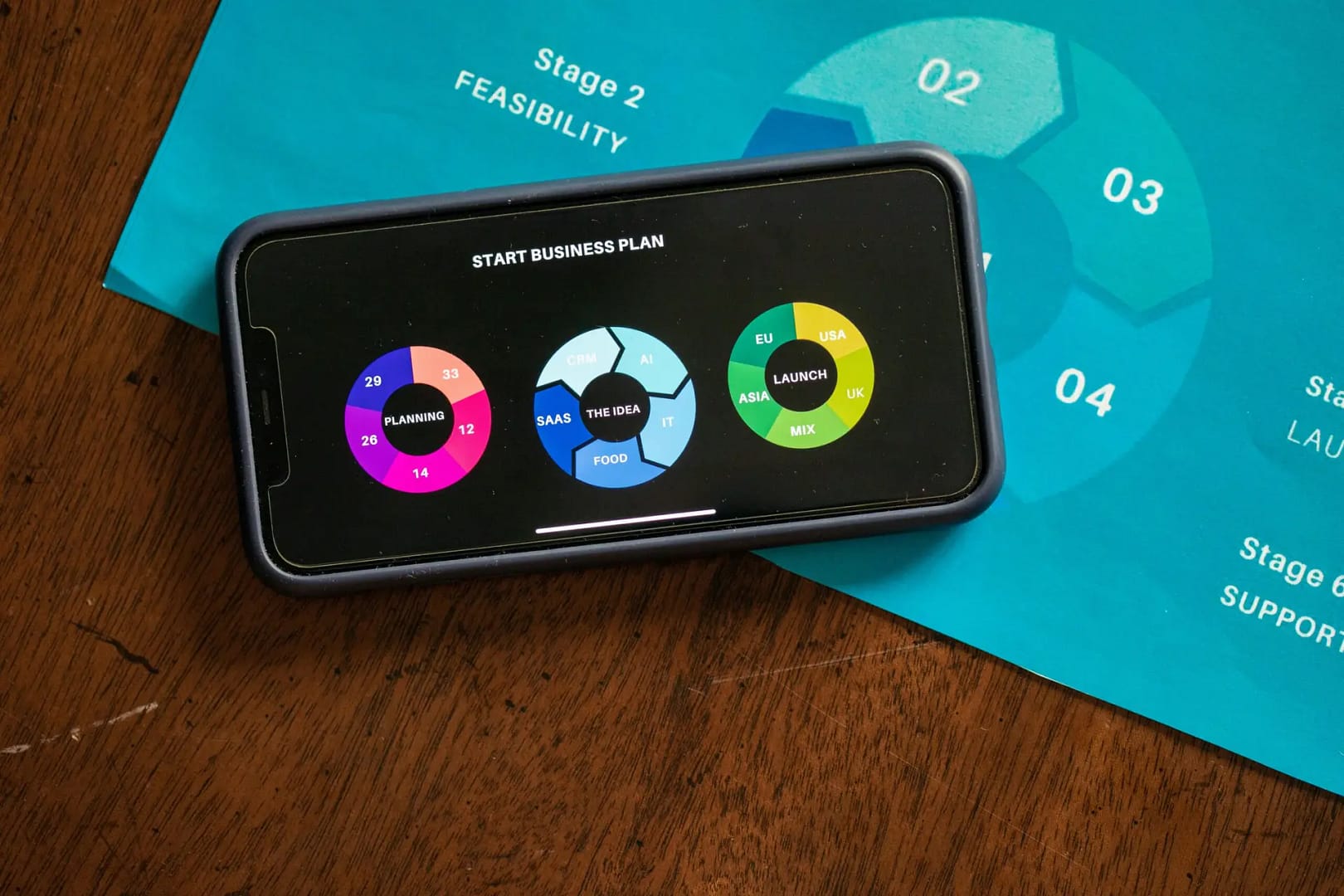Introduction: The Era of Unseen Intelligence
Picture entering your home to find:
✅ Lighting tailored to your circadian rhythm
✅ Climate control pre-adjusted to your comfort
✅ Background music matching your current mood
Welcome to ambient computing—where technology operates invisibly, transforming living spaces into intuitive partners.
Industry Insights:
Projected to become a $1.7T market by 2031 (Gartner)
68% of American homes will integrate ambient features by 2027

Table of Contents
The Technology Behind Seamless Living
1. Core Components Enabling Ambient Intelligence
This paradigm shift relies on:
🔹 Predictive Algorithms (learning routines and preferences)
🔹 Distributed Sensors (environmental and biometric monitoring)
🔹 Edge AI Processors (enabling real-time local decision-making)
🔹 Next-Gen Connectivity (5G and WiFi 7 for uninterrupted communication)
Real-World Implementation:
Amazon’s Ambient Intelligence adjusts environments based on activity detection
Apple’s HomeOS creates personalized spatial experiences
2. Defining Characteristics of Ambient Environments
Anticipatory Functionality (systems activate before explicit commands)
Cross-Device Orchestration (seamless handoff between mobile and home systems)
Natural Interaction Models (minimal voice/gesture requirements)
Leading Ambient Devices Redefining Homes (2025)
| Product | Innovation | Ideal User |
|---|---|---|
| Google Nest Aware | Contextual activity recognition | Tech-forward families |
| Samsung AI HomeBot | Autonomous environment scanning | Busy professionals |
| Apple HomeVision | Spatial computing integration | Apple product users |
| Amazon Echo Sense | Emotion detection through voice analysis | Wellness-focused individuals |
| Luton Ambient Control | Architectural lighting automation | Design-conscious homeowners |
Critical Privacy Considerations
While revolutionary, ambient systems present challenges:
⚠️ Continuous Data Collection (behavioral patterns storage)
⚠️ Cloud Dependency Risks (potential exposure of sensitive data)
⚠️ Device Vulnerability Chains (compromised sensors enabling full home access)
Protective Measures:
✔ Opt for local processing alternatives
✔ Implement zero-trust network segmentation
✔ Conduct quarterly permission audits
Essential Questions
1. How does ambient computing differ from traditional smart homes?
Clarification: While smart homes react to commands, ambient systems proactively respond to situational cues.
2. Will ambient technology make phones obsolete?
Perspective: Mobile devices will transition into orchestration hubs within broader ecosystems.
3. What’s slowing widespread adoption?
Finding: Consumer apprehension (52% express data privacy concerns in recent surveys).
4. What’s the best entry point for beginners?
Recommendation: Start with single-point solutions like adaptive thermostats before expanding.
The Road Ahead: 2025-2030 Outlook
Immediate Future: Expansion of predictive wellness features
Long-Term Vision: Development of cognitive architectural systems that learn from multiple households
Key Insights
✔ The next evolution beyond smart homes
✔ Powered by convergence of AI and IoT
✔ Data sovereignty remains pivotal
✔ Gradual integration yields best results




Pingback: Cursor AI vs. GitHub Copilot: Which AI Coding Assistant is Right for You?
Pingback: Dart Gains Ground: Why Developers Are Moving Away From TypeScript in 2025